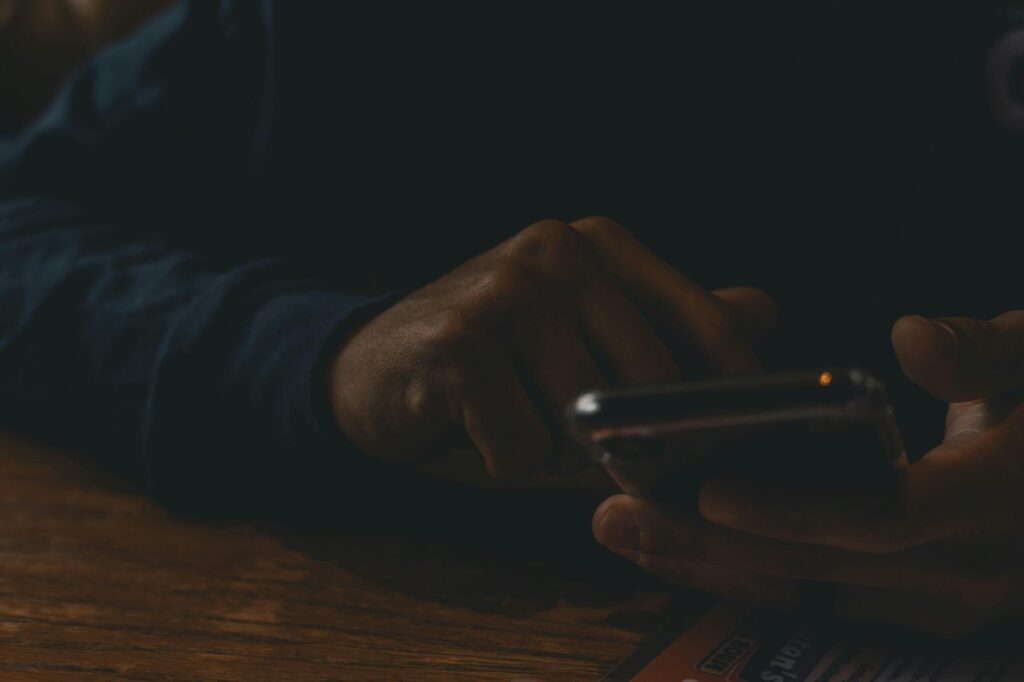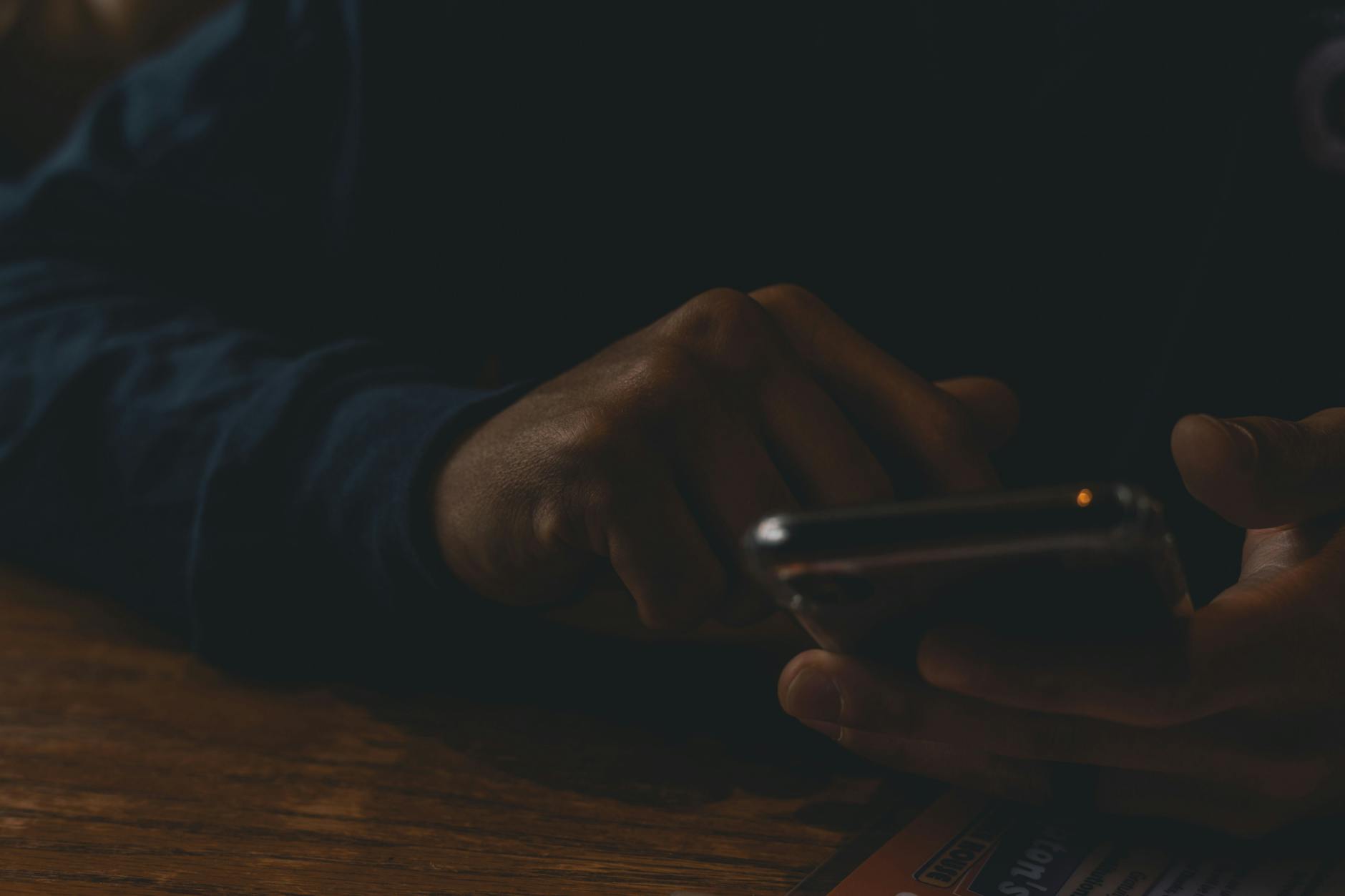What is intentional device usage?

What is intentional device usage?
In today’s fast-paced digital world, we often find ourselves glued to our devices without a second thought. Intentional device usage is about breaking out of that mindless cycle and using technology in a way that enhances our lives rather than detracts from it. When we approach our device usage with intention, we can unlock a multitude of benefits, from improved productivity to better work-life balance.
Understanding Intentional Device Usage
At its core, intentional device usage means being deliberate about how we interact with our technology. Instead of scrolling through social media or mindlessly browsing the internet, intentional usage focuses on purposeful actions that align with our goals and values. This can include setting aside time for specific tasks, limiting distractions, or using apps that promote productivity.
The Difference Between Intentional and Mindless Usage
Mindless device usage often involves getting lost in a rabbit hole of content or distractions. Picture this: you sit down to check your email but end up watching cat videos for an hour. This is a classic example of mindless usage. It’s easy to fall into this trap, especially with so many notifications and temptations at our fingertips.
In contrast, intentional device usage requires conscious decision-making. For instance, you might set a timer for 30 minutes to focus solely on responding to emails, followed by a break to recharge. This clear distinction between mindless and intentional usage can significantly impact our effectiveness and satisfaction with technology.
Benefits of Intentional Device Usage
Being intentional with device usage has numerous advantages:
- Increased Productivity: When we use our devices with purpose, we can accomplish tasks more efficiently. Research shows that focused work is more productive than multitasking or dispersed attention.
- Improved Focus: Limiting distractions helps maintain our concentration. By controlling how and when we use our devices, we can foster a more focused mindset.
- Better Time Management: Intentional usage allows for better scheduling of tasks and responsibilities. You can allocate specific times for work, leisure, and social media, making your day more structured.
For more insights on the benefits of intentional device usage, you might explore articles like this one.
Strategies for Practicing Intentional Device Usage
To make the most of our devices, we need practical strategies that promote intentionality.
Setting Specific Goals for Device Usage
Start by defining clear goals for your device usage. Ask yourself: What do I want to achieve? Whether it’s completing work tasks, connecting with friends, or learning something new, having specific goals can guide your actions. This clarity helps you avoid the allure of mindless scrolling.
Creating a Device Usage Routine
Just like a morning routine sets the tone for your day, a device usage routine can help you maximize productivity. Identify your peak productivity times and align your device usage accordingly. For example, if you work best in the morning, reserve those hours for focused tasks and limit device distractions during that time.
Utilizing Apps and Tools
There are several apps designed to help you manage your device usage effectively. Consider using tools that track your screen time, block distracting websites, or remind you to take breaks. Apps like Forest can help you stay focused while you work, rewarding you for not using your phone.

Photo by Craig Adderley
Overcoming Challenges to Intentional Device Usage
Despite our best efforts, challenges can arise that hinder our intentions. Here are some common obstacles and how to overcome them.
Dealing with Notifications and Distractions
Notifications can quickly derail our focus. One effective strategy is to turn off non-essential notifications. By limiting alerts to only the most crucial ones, you can reduce interruptions and maintain a clearer focus on tasks. Consider implementing specific time blocks for checking messages, rather than letting notifications dictate your attention throughout the day.
Avoiding Procrastination and Mindlessness
Procrastination often creeps in when we feel overwhelmed or uncertain about tasks. Combat this by breaking larger tasks into smaller, manageable steps. When you’re faced with a daunting project, start with just a few minutes of focused work. This strategy not only helps you get started but also builds momentum to continue.
Conclusion: Embracing Intentional Device Usage
In a world where technology can easily control us, adopting intentional device usage is essential. By being mindful of how we interact with our devices, we can enhance our productivity, focus, and overall satisfaction. Start setting specific goals, creating routines, and utilizing helpful tools to transform your device usage into a more intentional practice. The benefits are well worth the effort—take charge of your technology, and let it serve you rather than the other way around.